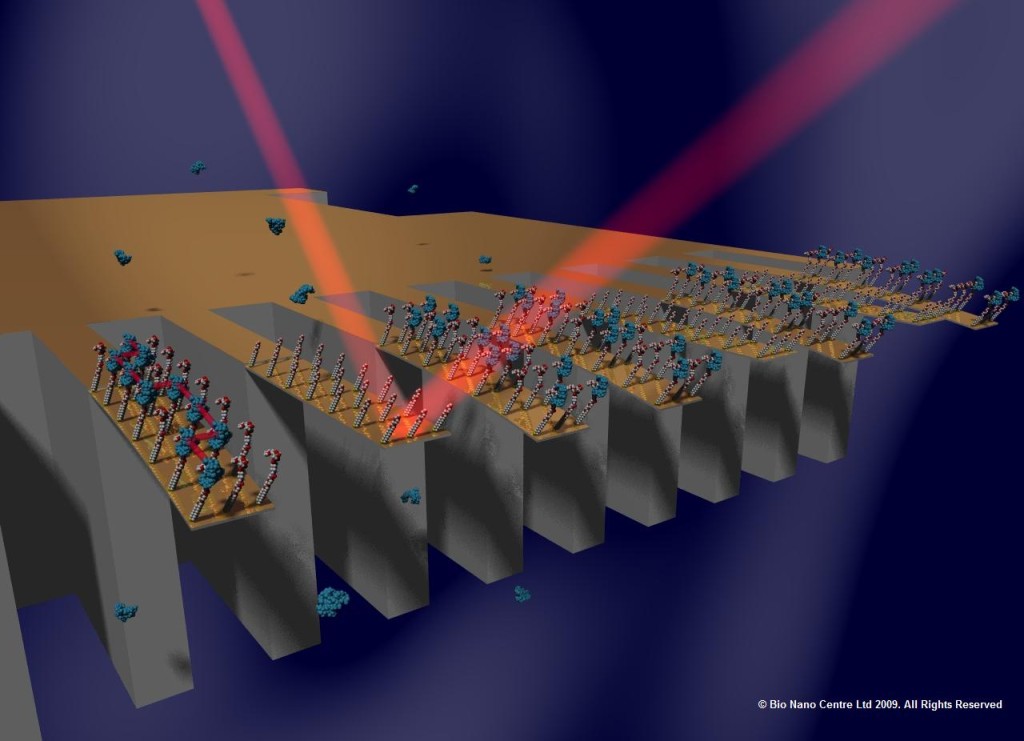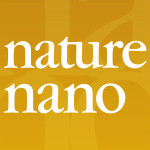Nanomechanical Analysis

Targanta Therapeutics is developing oritavancin for the treatment of serious grampositive bacterial infections, including complicated skin and skin structure infections (cSSSI), and bacteremia, a blood stream infection. The two projects with Targanta Therapeutics have built on the BNC’s experience with other antibiotics, including recent research into the workings of vancomycin published in Nature Nanotechnology (November 2008) by scientists working with BNC. Vancomycin is one of the few marketed antibiotics that can be used to combat increasingly resistant infections such as MRSA.
Nanomechanical Sensors: Nano-cantilevers are thin (<10μm) strips of silicon which have been manufactured to extremely tight tolerances using techniques from the microchip industry. These can be set up in arrays to allow a number of analytes to be detected at the same time. Each cantilever is functionalised with particular surface coatings (that is, with ligands that bind specifically to a target analyte). These highly-sensitive biosensors operate by detecting minute changes of the in-plane surface forces (surface stress) when the drug binds specifically to ligands tethered on a cantilever. The nano-cantilevers can also be operated in the dynamic mode where it has been shown that the added mass of single bacterium can be detected through a change in resonance frequency.
Benefits of this technique:
- Cantilevers require no sample labelling, enabling rapid, single step detection of bio-molecules.
- Cantilever arrays can screen multiple drug-target interactions in parallel at the same time.
- Quantitative ligand-receptor binding constants can be measured on cantilever arrays.
- Nanomechanical signal is not limited by mass, in contrast to other techniques.
- Amenable for point-of-care diagnostics and to parallelization for high throughput screening applications.
Featured in:







